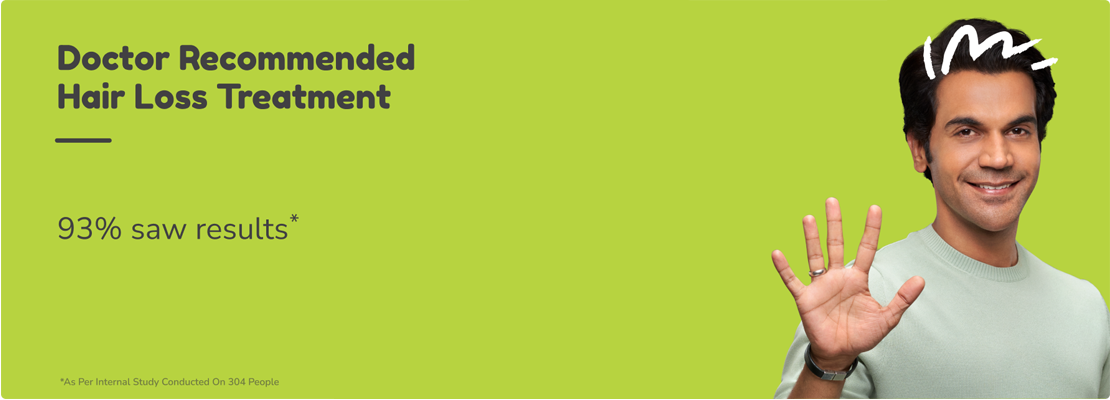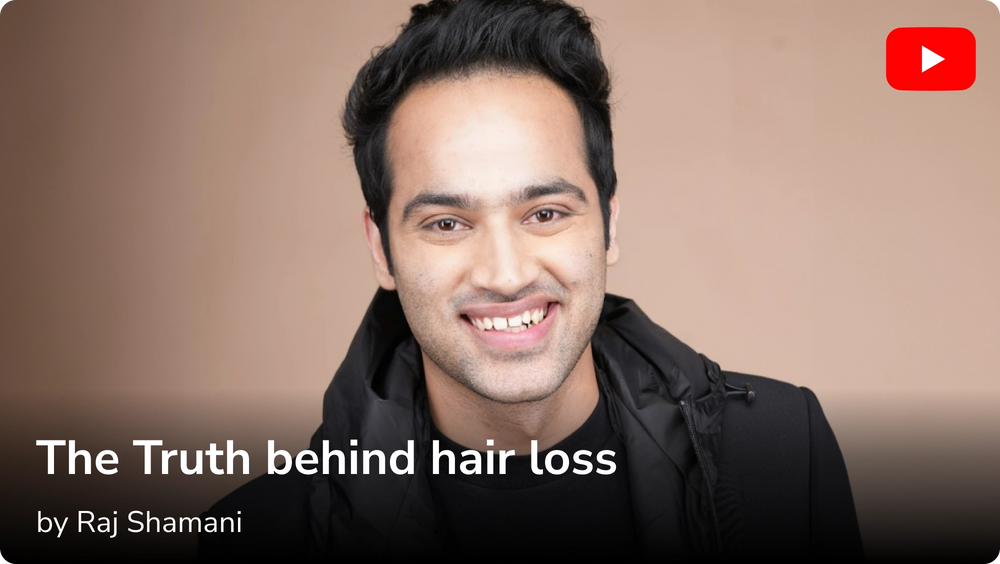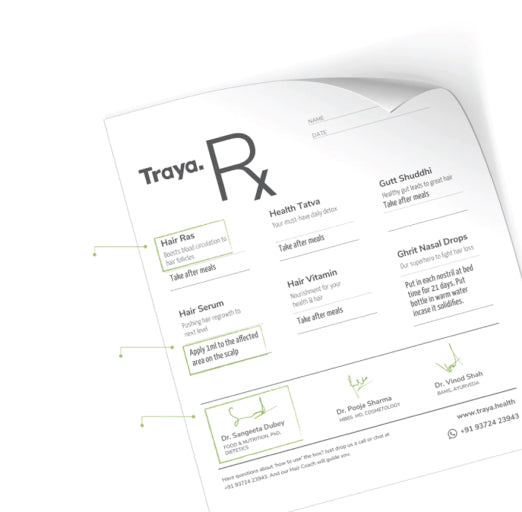Emblica officinalis, commonly is a medium-sized deciduous tree belonging to the family Euphorbiaceae, commonly known as Indian gooseberry, emblic myrobalans, and Amla (in Hindi). The plant species is native to India, also growing in Pakistan, Sri Lanka, Uzbekistan, South East Asia, and China. This dietary globular fruit, yellowish-green in color is of immense use in various folk and Indian traditional medicinal systems.
From ancient times, plants played a vital role in the development of mankind and were an exceptional source of natural medicine. Bioactive compounds in amla such as ascorbic acids, flavonoids, tannins, terpenoids, saponins, and several other components are reported to have been verified to have various medicinal activities, such as anti-inflammatory, antioxidant, antimicrobial, radiological, hepatoprotective (liver protecting), immunity boosting, hypolipidemic (fat lowering) and several other actions.
Benefits Of Amla For The Hair
Amla is a ‘divyaushadhi’ literally translating to ‘divine medicine’ in Ayurveda as it contains five taste profiles – sweet, sour, bitter, astringent and pungent that help in the optimal functioning of both mind and body. It is also considered to be ‘tridosha shamak’ which in Ayurvedic scriptures refers to a herb with pacifying properties for all the three doshas i.e. Vata, Pitta and Kapha. From revitalising body tissues to building ‘ojas’ - the essence of immunity and youthfulness in the body; Amla is a powerful ally for almost all bodily systems. Having said that, Amla is also regarded as a ‘keshya’ or a hair-benefiting herb in Ayurveda and is widely associated with hair care products.
Amla For Hairfall
Amla strengthens your hair follicles, which means reduced hair fall and faster hair growth. As your hair strengthens from the roots and stops breaking, it also regains its original colour and lustre. Applying amla juice to roots and scalp can help one witness their hair growing stronger and shinier.
Amla For Hair Growth
Not all home remedies that stop hair fall help with hair growth. But that is not the case for amla. Thanks to the phytonutrients, vitamins and minerals present in it, it helps in increasing circulation in the scalp and promoting the healthy growth of hair. The presence of vitamin C produces collagen protein which helps hair growth, both lengthwise and in volume; and also help maintain scalp health. These collagens also help in replacing the dead cells of the hair with new ones.
Loaded with minerals, vitamins, amino acids and other micronutrients, amla is referred to as the superfood for hair, as it helps stimulate hair growth. The antioxidant in the fruit works as a blood purifier, which in turn promotes hair growth. Amla has vitamins and minerals and helps in increasing blood circulation on the scalp. Vitamin C in it also replaces dead cells, thereby giving way to new hair cells.
Amla For Dandruff
The vitamin C present in amla tackles dryness and prevents the accumulation of dandruff on your scalp. Amla also has anti-inflammatory and anti-bacterial properties that help provide relief against the itching caused by dandruff.
The antibacterial properties prevent the itchy scalp which is caused by dandruff. One of the most important dandruff treatments suggested by Ayurveda involves amla as a key ingredient. Amla along with neem leaves cures itchy scalp as both neem and Amla have anti-bacterial, anti-fungal and anti-inflammatory properties that help settle the itchiness on the scalp and help eliminate the dandruff-causing fungus.
Amla To Prevent Premature Greying
Sure, amla juice adds shine to your hair, but that is not the only benefit. The presence of vitamin C in amla can stop the premature greying of hair as it boosts melanin production. Or do you like the reddish tint to your hair that accompanies mehendi but hate its drying effect? Amla doesn’t just increase the potency of mehendi’s colour but also keeps your hair hydrated.
Lack of nutrition causes premature greying of hair and premature ageing of the skin. Amla helps in providing essential nutrients which are absorbed by the cells and help fight premature greying. One can consume amla almost every day and make it a part of their diet. This helps in preventing greying of the hair and also helps retain natural colour and shine.
Amla For Protecting Hair From Damage
Amla juice cleanses the scalp, nourishes it and makes your hair look shiny. The antioxidants in amla help protect hair from the usual, everyday damage caused by dust, pollution, smoke, hairstyling tools, and other factors. We can’t think of any other remedy that could do all of this, and be so effective too.
Moreover, if you are tensed and tired of regularly managing frizzy hair or split ends, then amla is the hero you’ve been looking for. Frizzy hair and split ends can be a sign of dryness and damage, and amla helps by restoring moisture to your tresses. It also removes dead cells and strengthens your hair. With regular treatment of amla, you can easily get rid of those unruly strands or get perfectly coiled hair if your curly hair has more frizz than curls.
Amla As A Natural Hair Conditioner
Amla juice acts as a great conditioner for your hair and helps in giving a smooth and shiny finish. All you need to do is to mix some amla juice with some henna and gently apply it to your scalp. This will make your hair look healthy and once this is dried, you can wash it away with some lukewarm water to give you that extra smoothness and shine.
Prevents Hair Fall
One of the best things you can do to prevent hair fall is to massage your hair with amla oil. Considered a ‘superfood‘ for hair, Amla is rich in vitamins, minerals, amino acids, and phytonutrients that increase the circulation of blood significantly throughout the scalp.
By providing enough oxygen and nourishment to the hair follicles, amla oil makes the hair fibres strong and puts an end to the issue of hair fall.
Method Of Preparation Of Amla Juice
Ingredients:
Amla (Indian Gooseberry) - 3 whole
Turmeric - 1 pinch
Black Pepper - 1 pinch
Salt - 1 pinch
Ginger - ¼ tsp
Lemon Juice - ½ tsp
Mint Leaves - 3 leaves
Method :
- Place ¼ cup chopped amla (Indian gooseberry) in a blender.
- Add turmeric, black pepper, salt, ginger, mint leaves, lemon juice and ¼ cup water to it.
- Blend well and filter through a metal strainer. Add the remaining water over it and strain again.
- Serve immediately.
How To Make Amla Juice Tasty:
- Instead of consuming amla extract as such, make it more palatable as juice with other ingredients. Such as adding honey or salt, adding other ingredients like vegetables will balance the strong taste.
- For ¼ cup of chopped amla, you can add 1 cup of water or more according to how strong the fruit is. Adjust sweetener or salt to balance as needed.
Apart from consuming amla juice, it can also be used for applying on hair roots and hair strands as a hair pack or as a conditioner and washed off which leaves the hair feeling smoother and imparts a lustrous appearance.
Ways To Use Amla Juice For Improving Hair Health
Amla And Yoghourt Hair Mask
A hair-strengthening amla and yoghurt mask will change your mane game like no other. Take two teaspoons of amla juice and add a teaspoon of honey and two teaspoons of yoghurt. Mix well and apply on your hair. Let it stay for 30 minutes and wash it off with warm water.
Amla Hair Tonic
Applying fresh amla to the scalp of your hair boosts collagen levels and improves hair growth. You can use a diluted version of the amla juice or make a paste with amla powder and water. Massage the liquid to your scalp for about 5 minutes and let it stay for 10 minutes. Wash it off with a mild shampoo and lukewarm water.
Amla Hair Wash
If you love tea rinses, this one's for you. Amla is a herbal supplement that can prevent premature hair greying as well as restore shine to dull and dry hair. Take a few pieces of amla and its juice, add some water and boil it for 30 minutes. Let this water cool down and then strain it to remove solid particles. Use this concoction to wash your hair.
Amla Dye
Apart from dealing with grey hair, if you like colouring your hair, we’ve got you. Mehendi is the most natural way of colouring your hair and adding amla just makes it that much more vibrant. Make a mixture of mehendi powder, amla powder and a few drops of water till it turns into a paste. Apply it to your hair as you would normally. Wash it off gently after an hour with water. Mehendi is also an excellent ingredient for improving the health of your scalp. It removes the build-up of oil, unclogs your hair follicles, and boosts the growth of healthy hair, while also keeping your hair from greying.
Takeaway
Amla has earned the title of being a versatile herb with varied medicinal as well as cosmetic benefits. It is a valuable addition to any good hair care or skincare regime. But to get the best benefit out of the best herbs and to understand the method that is most suitable for you, knowing and understanding the condition of scalp and hair health is necessary. One needs to undergo a hair assessment so that a medical professional can prescribe an appropriate treatment plan for dealing with scalp and hair loss concerns. Check out Traya’s FREE hair test, which is entirely online and helps you with the same. Traya also provides an idea of which herbs other than amla can be beneficial to be included as part of your hair care routine.
FAQs
Q1 - Is Drinking Amla Juice Daily Good For Hair?
Ans - Yes, amla juice contains good amounts of vitamin C which help in collagen formation in the hair shafts. Hence, their daily consumption improves scalp health as well as strengthens the hair strands.
Q2 - How To Take Amla Juice For Hair?
Ans - Amla juice can be diluted with plain water while consumed. Usually, 30 ml of juice diluted with 50 ml of plain water is recommended for consumption.
Q3 - Does drinking amla juice help in hair growth?
Ans - As per studies, amla juice may help in hair regrowth due to its follicle-strengthening properties, although treating hair loss requires a holistic approach.






































